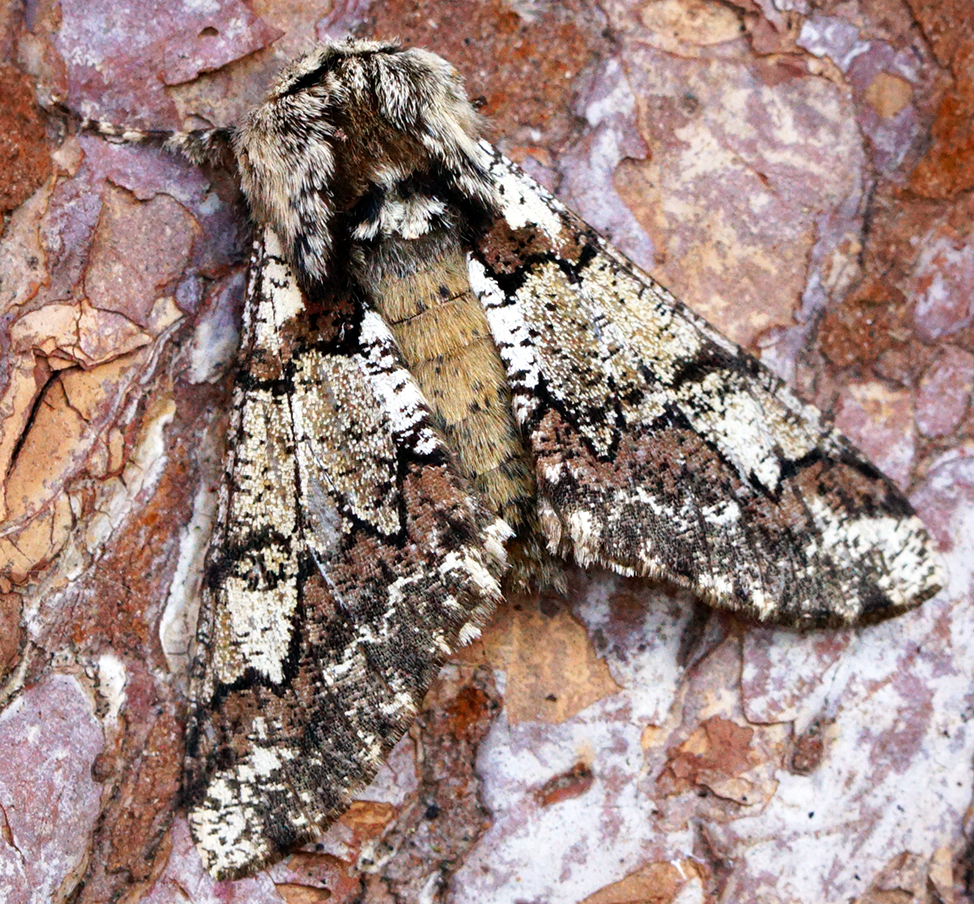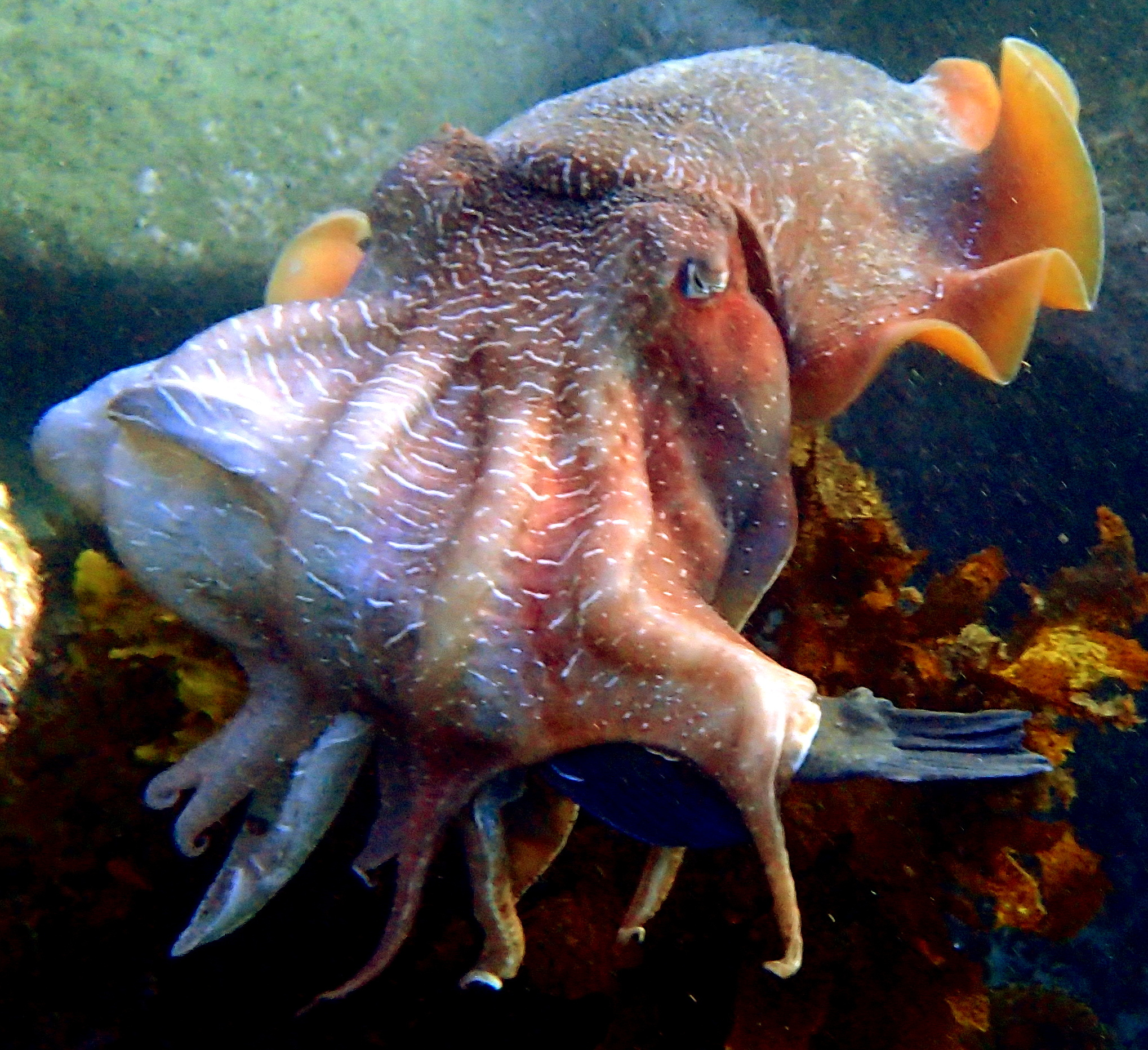Coincident Disruptive Coloration on:
[Wikipedia]
[Google]
[Amazon]
Coincident disruptive coloration or coincident disruptive patterns are patterns of

 Cott concluded that the effect was concealment "so long as the false configuration is recognized in preference to the real one".
Cott concluded that the effect was concealment "so long as the false configuration is recognized in preference to the real one".
 Several moths and butterflies make use of the mechanism; these include the oak beauty moth '' Biston strataria'' and the scalloped oak moth ''
Several moths and butterflies make use of the mechanism; these include the oak beauty moth '' Biston strataria'' and the scalloped oak moth ''
 One form of coincident disruptive coloration has special importance. Disruptive eye masks camouflage the eyes of a variety of animals, both invertebrates such as grasshoppers and
One form of coincident disruptive coloration has special importance. Disruptive eye masks camouflage the eyes of a variety of animals, both invertebrates such as grasshoppers and
 Cephalopods are capable of
Cephalopods are capable of
disruptive coloration
Disruptive coloration (also known as disruptive camouflage or disruptive patterning) is a form of camouflage that works by breaking up the outlines of an animal, soldier or military vehicle with a strongly contrasting pattern. It is often comb ...
in animals that go beyond the usual camouflage
Camouflage is the use of any combination of materials, coloration, or illumination for concealment, either by making animals or objects hard to see, or by disguising them as something else. Examples include the leopard's spotted coat, the b ...
function of breaking up the continuity of an animal's shape, to join up parts of the body that are separate. This is seen in extreme form in frogs such as ''Afrixalus fornasini
''Afrixalus fornasini'' is a species of frog in the family Hyperoliidae and is native to Africa. Its common name is Fornasini's spiny reed frog or the greater leaf-folding frogCarruthers, V. (2001). ''First Field Guide to Frogs of Southern Africa ...
'' where the camouflage pattern extends across the body, head, and all four limbs, making the animal look quite unlike a frog when at rest with the limbs tucked in.
A special case is the disruptive eye mask that camouflages the most conspicuous feature of many animals, the eye.
Camouflage mechanism

Historical description
The English zoologist and camouflage expertHugh Cott
Hugh Bamford Cott (6 July 1900 – 18 April 1987) was a British zoologist, an authority on both natural and military camouflage, and a scientific illustrator and photographer. Many of his field studies took place in Africa, where he was espec ...
explained, while discussing "a little frog known as ''Megalixalus fornasinii''" in the chapter on coincident disruptive coloration in his 1940 book ''Adaptive Coloration in Animals
''Adaptive Coloration in Animals'' is a 500-page textbook about camouflage, warning coloration and mimicry by the Cambridge zoologist Hugh Cott, first published during the Second World War in 1940; the book sold widely and made him famous.
The ...
'', that
 Cott concluded that the effect was concealment "so long as the false configuration is recognized in preference to the real one".
Cott concluded that the effect was concealment "so long as the false configuration is recognized in preference to the real one".
Taxonomic range
Coincident disruptive coloration is seen in other amphibians including the common frog, '' Rana temporaria'', in which the dark and light bands that cross the body and hind legs coincide in the resting position, joining separate anatomical structures visually and breaking up and taking attention away from the body's actual outlines. Several moths and butterflies make use of the mechanism; these include the oak beauty moth '' Biston strataria'' and the scalloped oak moth ''
Several moths and butterflies make use of the mechanism; these include the oak beauty moth '' Biston strataria'' and the scalloped oak moth ''Crocallis elinguaria
The scalloped oak (''Crocallis elinguaria'') is a moth of the family Geometridae. The species was first described by Carl Linnaeus in his 1758 10th edition of ''Systema Naturae''.
Distribution
This common species can be found from Europe to eas ...
'', in which the pattern on the forewing coincides with the pattern on the narrow strip of the hindwing which is visible in the moth's habitual resting position. Many moths and butterflies which often rest with the wings closed, such as the orange-tip ''Anthocharis cardamines
''Anthocharis cardamines'', the orange tip, is a butterfly in the family Pieridae, which contains about 1,100 species. ''A. cardamines'' is mainly found throughout Europe and temperate Asia (Palearctic) The males feature wings with a signature o ...
'', do the same but on the cryptically-coloured underside of the wings.
Disruptive eye mask
 One form of coincident disruptive coloration has special importance. Disruptive eye masks camouflage the eyes of a variety of animals, both invertebrates such as grasshoppers and
One form of coincident disruptive coloration has special importance. Disruptive eye masks camouflage the eyes of a variety of animals, both invertebrates such as grasshoppers and vertebrate
Vertebrates () comprise all animal taxa within the subphylum Vertebrata () (chordates with backbones), including all mammals, birds, reptiles, amphibians, and fish. Vertebrates represent the overwhelming majority of the phylum Chordata, with c ...
s such as fish
Fish are aquatic, craniate, gill-bearing animals that lack limbs with digits. Included in this definition are the living hagfish, lampreys, and cartilaginous and bony fish as well as various extinct related groups. Approximately 95% of ...
es, frog
A frog is any member of a diverse and largely carnivorous group of short-bodied, tailless amphibians composing the order Anura (ανοὐρά, literally ''without tail'' in Ancient Greek). The oldest fossil "proto-frog" ''Triadobatrachus'' is ...
s, birds and snake
Snakes are elongated, limbless, carnivorous reptiles of the suborder Serpentes . Like all other squamates, snakes are ectothermic, amniote vertebrates covered in overlapping scales. Many species of snakes have skulls with several more j ...
s; some mammals have similar patterns. The eye has a distinctive shape and dark coloration dictated by its function, and it is housed in the vulnerable head, making it a natural target for predator
Predation is a biological interaction where one organism, the predator, kills and eats another organism, its prey. It is one of a family of common feeding behaviours that includes parasitism and micropredation (which usually do not kill th ...
s. It can be camouflaged by a suitable disruptive pattern arranged to run up to or through the eye, in other words to coincide with it, such as the camouflage eyestripe of the Mexican vine snake
''Oxybelis aeneus'', commonly known as the Mexican vine snake or brown vine snake, is a species of Colubridae, colubrid snake, which is Endemism, endemic to the Americas.
Geographic range and habitat
''O. aeneus'' is found from within the Atasc ...
and certain fishes.
Created in active camouflage
 Cephalopods are capable of
Cephalopods are capable of active camouflage
Active camouflage or adaptive camouflage is camouflage that adapts, often rapidly, to the surroundings of an object such as an animal or military vehicle. In theory, active camouflage could provide perfect concealment from visual detection.
Activ ...
, by day used for signalling
In signal processing, a signal is a function that conveys information about a phenomenon. Any quantity that can vary over space or time can be used as a signal to share messages between observers. The ''IEEE Transactions on Signal Processing'' ...
as well as camouflage. At night, 86% of giant Australian cuttlefish, ''Sepia apama
Giant cuttlefish also known as the Australian giant cuttlefish (scientific name ''Sepia apama''), is the world's largest cuttlefish species, growing to in mantle length and up to in total length (total length meaning the whole length of the ...
'', were seen to select camouflage patterns. Most often (41%), these were disruptive, the patterns coinciding across the cuttlefish's body parts.
Experimental test
The effect was tested in two experiments in 2009 byInnes Cuthill Innes C. Cuthill (born 1960) is a professor of behavioural ecology at the University of Bristol. His main research interest is in camouflage, in particular how it evolves in response to the colour vision of other animals such as predators.
Life
In ...
and Aron Székely. The first experiment presented wild insect-eating birds with edible pastry
Pastry is baked food made with a dough of flour, water and shortening (solid fats, including butter or lard) that may be savoury or sweetened. Sweetened pastries are often described as '' bakers' confectionery''. The word "pastries" sugges ...
targets resembling moths, with or without coincident disruptive patterns. The second experiment showed similar targets to humans on computer screens. They found in both experiments that coincident disruption was "an effective mechanism for concealing an otherwise revealing body form".
Evidence for natural selection
In the words of the camouflage researchersInnes Cuthill Innes C. Cuthill (born 1960) is a professor of behavioural ecology at the University of Bristol. His main research interest is in camouflage, in particular how it evolves in response to the colour vision of other animals such as predators.
Life
In ...
and A. Székely, Cott's book provided "persuasive arguments for the survival value of coloration, and for adaptation in general, at a time when natural selection was far from universally accepted within evolutionary biology." In particular, they argued, Cott's category of "Coincident Disruptive Coloration" "made Cott's drawings the most compelling evidence for natural selection
Natural selection is the differential survival and reproduction of individuals due to differences in phenotype. It is a key mechanism of evolution, the change in the heritable traits characteristic of a population over generations. Cha ...
enhancing survival through disruptive camouflage."
Such patterns, Cott stressed, embody considerable precision. The markings must line up accurately between the folded limbs and body for the disguise to work. Cott's description and in particular his drawings convinced biologists that the markings must have survival value, rather than occurring by chance. Further, as Cuthill and Székely indicate, the bodies of animals that have such patterns must therefore have been shaped by natural selection.
References
{{Camouflage Camouflage